Total Therapy Blog
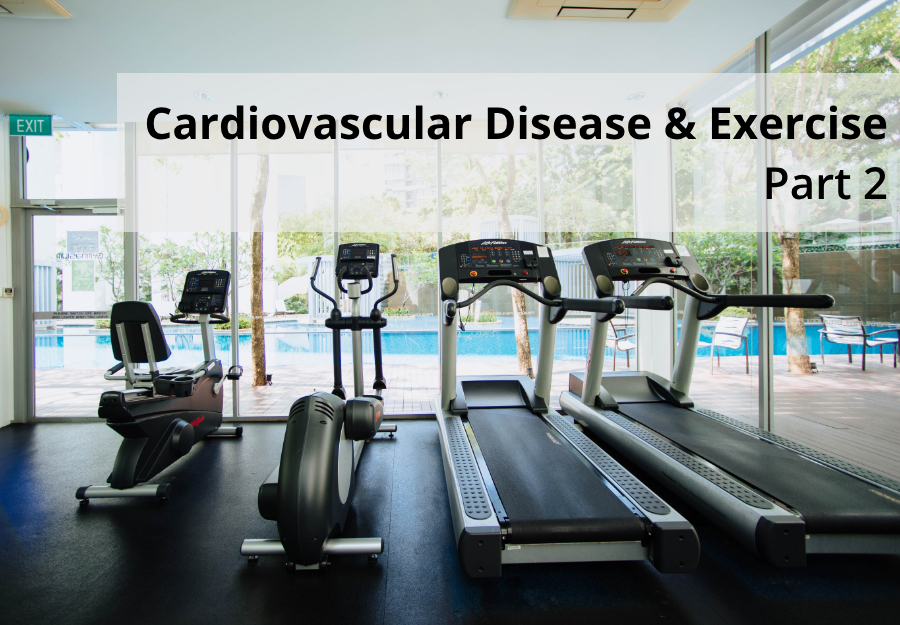
Cardiovascular Disease & Exercise: Part 2
This article was written by our Kinesiologist, Katrina Kwai.
Growing up playing multiple sports peaked my interest in health sciences at a young age. Upon completing my bachelors in Kinesiology and spending a year volunteering in Cardiac Rehabilitation, my passion towards helping others has increased. I love motivating and guiding clients towards a healthier and more physically active lifestyle.
Cardiovascular Disease and Exercise – Part 2
Heart Anatomy Analogy
Before I dive into the importance of exercising in relation to CVD, let’s go over a bit of how the heart is made up. The heart is made up of 4 chambers. An important chamber to understand is the left ventricle, as it is the last chamber to be filled before it pumps out oxygen-filled blood to the rest of the body.
The heart’s job is to pump blood out to the body. The aorta is the largest artery in the body and it’s job is to bring oxygenated blood to the rest of the body. Think of it like the Skytrain and buses. The Skytrain (the aorta, carotid artery, subclavian artery, descending aorta, and femoral artery) is the main line that takes commuters (blood) throughout the Lower Mainland. It collects and releases commuters. Those commutes that need to go further continue to their destination via buses (smaller arteries).
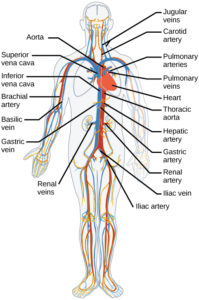
Heart rate increases when the body demands more oxygen (blood). The stronger your heart, the lower your heart rate because the heart is able to pump out more blood with each beat. A weaker heart (sedentary person) will display a faster heart rate with physical activity (compared to a more active person) because the body demands more oxygen. The sedentary person’s heart is not strong enough to pump a large enough quantity of blood, thus must beat faster. That’s exhausting and short lived because when your heart rate speeds up, it eventually needs a break. It is a muscle after all!! Think about sprinting for more than 5 minutes. No thanks…
Why Exercise is Important for the heart
At the end of the day, the heart is a muscle that has the potential to be strong or weak, as any other muscle in our body. Exercise stresses the body to an extent and will improve the strength and efficiency of your heart. A stronger heart is more efficient in bringing in oxygen for the body and expelling carbon dioxide. A stronger heart will also grow in in size (hypertrophy), especially the left ventricle (the chamber that pushes blood out to the body). Again, more blood, more oxygen your body can pick up and utilize.
Think about your bicep in your arm. The bigger that muscle (relatively), the heavier you can pick up. Translate that analogy to the heart, the thicker the walls of the left ventricle (to a degree), the stronger that muscle can push blood out to the body. The more blood that is pushed out per heartbeat will result in a slower resting heart rate. The average resting heart rate for adults is 60-100 beats per minute (bpm). Compare that to a well-trained athlete, who may have a resting heart rate of 40 bpm! Their hearts are so efficient and strong at pumping out blood, it requires less work per minute. Wouldn’t you want to work less and more efficiently in more ways than one? To get there, ironically, requires work/exercise.
No time for a run, hike or bike? Everyone has their own personal preference for exercise. DO what you enjoy, and try to commit yourself to progressing in whatever you choose. Keep challenging yourself, within safe parameters! Here are some suggestions that can increase heart rate in 10 quick minutes and earn a pat on the back.
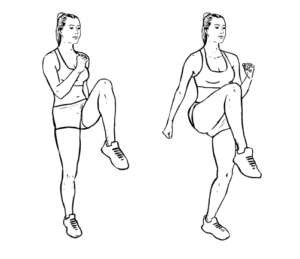
30 second high knees – Run or march on the spot and bring knees up as high as you can, one at a time.
20 second rest
Repeat 5 times
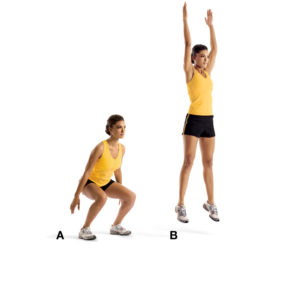
15 squats into vertical jump – perform a high jump and land into a squat. To make this easier, perform body weight squats only.
20 second rest
Repeat 3 times
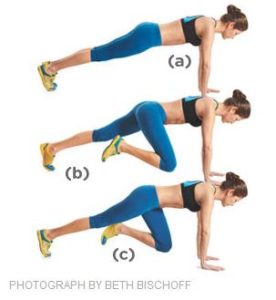
30 second mountain climbers – get into a plank and bring one knee towards the chest, keeping torso stable, alternating legs. To make this easier, place your hands on a bench or tabletop.
20 second rest
Repeat 3 times
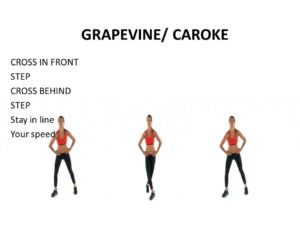
30 second Grapevine/Caroke – laterally running, alternating feet in front and behind one another.
10 second rest
Repeat 5 times
My personal favourite to increase my heart rate is running or hiking a mountain. Hiking a mountain does not increase my heart rate too much, but it is an exercise I really enjoy. Not only do you get fresh air hiking up a mountain, you also get a beautiful view at the top. Or chase waterfalls, if walking/hiking vertical is not your thing. Either way, you are moving. Just move!

References:
courses.lumenlearning.com/wm-biology2/chapter/blood-vessels/
https://slideplayer.com/slide/8925099/

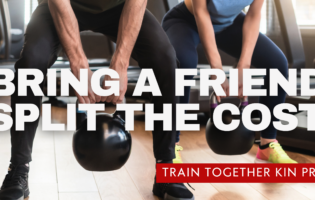

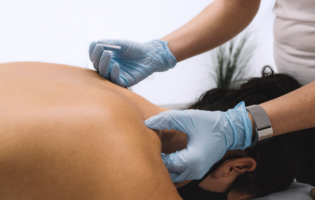
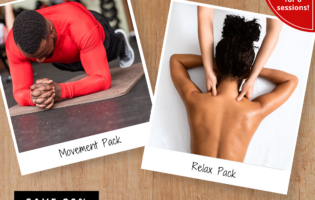



Follow Us!
& Stay Up To Date
BLOG